2,4,6-Trimethylphenol
Modify Date: 2025-08-20 19:32:57

2,4,6-Trimethylphenol structure
|
Common Name | 2,4,6-Trimethylphenol | ||
|---|---|---|---|---|
| CAS Number | 527-60-6 | Molecular Weight | 136.191 | |
| Density | 1.0±0.1 g/cm3 | Boiling Point | 215.8±9.0 °C at 760 mmHg | |
| Molecular Formula | C9H12O | Melting Point | 70-72 °C(lit.) | |
| MSDS | Chinese USA | Flash Point | 96.7±8.4 °C | |
| Symbol |


GHS05, GHS09 |
Signal Word | Danger | |
Use of 2,4,6-Trimethylphenol2,4,6-Trimethylphenol is a probe compound shown to react mainly with organic matter (3DOM*). 2,4,6-Trimethylphenol is rapidly oxidized by singlet oxygen in aqueous solution[1][2]. |
| Name | 2,4,6-Trimethylphenol |
|---|---|
| Synonym | More Synonyms |
| Description | 2,4,6-Trimethylphenol is a probe compound shown to react mainly with organic matter (3DOM*). 2,4,6-Trimethylphenol is rapidly oxidized by singlet oxygen in aqueous solution[1][2]. |
|---|---|
| Related Catalog | |
| In Vitro | Peroxidatic substrates, catechol (CAT) and 2,4,6-trimethylphenol (TMP) were used as probes of thechloride dependent reactions catalyzed by chloroperoxidase (CPO). TMP is consumed only in the presence of chloride. TMP is a competitive inhibitor versus CAT, but CAT is a noncompetitive inhibitor versus TMP in chloride-dependent CPO-catalyzed peroxidation reactions. The ratio of TMP versus CAT consumed by the chloride-dependent CPO reaction in direct competition studies increases as the chloride concentration is increased from 1.0 to 400 mM[3]. |
| References |
| Density | 1.0±0.1 g/cm3 |
|---|---|
| Boiling Point | 215.8±9.0 °C at 760 mmHg |
| Melting Point | 70-72 °C(lit.) |
| Molecular Formula | C9H12O |
| Molecular Weight | 136.191 |
| Flash Point | 96.7±8.4 °C |
| Exact Mass | 136.088821 |
| PSA | 20.23000 |
| LogP | 2.86 |
| Vapour Pressure | 0.1±0.4 mmHg at 25°C |
| Index of Refraction | 1.536 |
| InChIKey | BPRYUXCVCCNUFE-UHFFFAOYSA-N |
| SMILES | Cc1cc(C)c(O)c(C)c1 |
CHEMICAL IDENTIFICATION
HEALTH HAZARD DATAACUTE TOXICITY DATA
|
| Symbol |


GHS05, GHS09 |
|---|---|
| Signal Word | Danger |
| Hazard Statements | H314-H411 |
| Precautionary Statements | P260-P280-P303 + P361 + P353-P304 + P340 + P310-P305 + P351 + P338 |
| Personal Protective Equipment | Eyeshields;Faceshields;full-face particle respirator type N100 (US);Gloves;respirator cartridge type N100 (US);type P1 (EN143) respirator filter;type P3 (EN 143) respirator cartridges |
| Hazard Codes | C:Corrosive; |
| Risk Phrases | R34 |
| Safety Phrases | S26-S36/37/39-S45-S24/25 |
| RIDADR | UN 2430 8/PG 3 |
| WGK Germany | 2 |
| RTECS | OX6590000 |
| Packaging Group | III |
| Hazard Class | 8 |
| HS Code | 2907199090 |
| Precursor 9 | |
|---|---|
| DownStream 10 | |
| HS Code | 2907199090 |
|---|---|
| Summary | 2907199090 other monophenols VAT:17.0% Tax rebate rate:9.0% Supervision conditions:none MFN tariff:5.5% General tariff:30.0% |
|
Cellular apoptosis and cytotoxicity of phenolic compounds: a quantitative structure-activity relationship study.
J. Med. Chem. 48 , 7234-42, (2005) In this comprehensive study on the caspase-mediated apoptosis-inducing effect of 51 substituted phenols in a murine leukemia cell line (L1210), we determined the concentrations needed to induce caspas... |
| 2,4,6-Trimethyl-phenol |
| 2,3-DIMETHOXYPHENETHYL ISOCYANATE |
| Phenol, 2,4,6-trimethyl- |
| Mesityl alcohol |
| 1,3,5-Trimethylphenol |
| 2-Hydroxymesitylene |
| Phenol,2,4,6-trimethyl |
| EINECS 208-419-2 |
| Hydroxymesitylene |
| 2,4,6-Trimetylofenol [Polish] |
| MFCD00002235 |
| Mesitol |
| 2,4,6-Trimethylphenol |
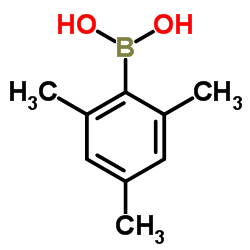 CAS#:5980-97-2
CAS#:5980-97-2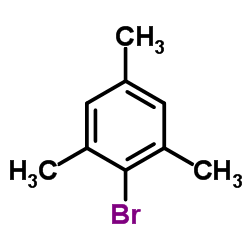 CAS#:576-83-0
CAS#:576-83-0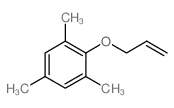 CAS#:5450-46-4
CAS#:5450-46-4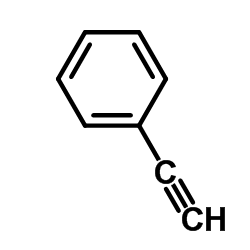 CAS#:536-74-3
CAS#:536-74-3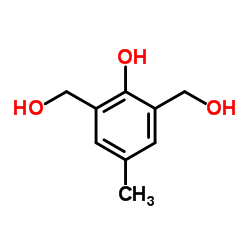 CAS#:91-04-3
CAS#:91-04-3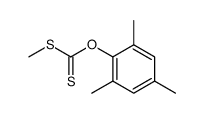 CAS#:70242-73-8
CAS#:70242-73-8 CAS#:234123-80-9
CAS#:234123-80-9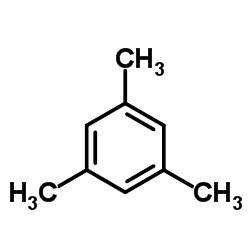 CAS#:108-67-8
CAS#:108-67-8 CAS#:5806-59-7
CAS#:5806-59-7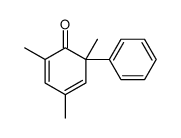 CAS#:110784-44-6
CAS#:110784-44-6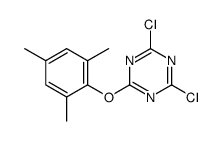 CAS#:110105-12-9
CAS#:110105-12-9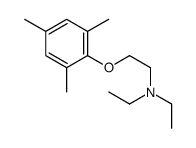 CAS#:109513-19-1
CAS#:109513-19-1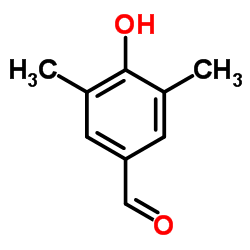 CAS#:2233-18-3
CAS#:2233-18-3 CAS#:527-61-7
CAS#:527-61-7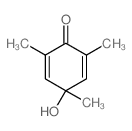 CAS#:16404-66-3
CAS#:16404-66-3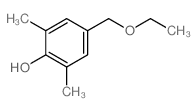 CAS#:58661-27-1
CAS#:58661-27-1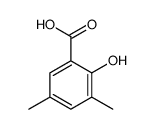 CAS#:6245-04-1
CAS#:6245-04-1 CAS#:4397-14-2
CAS#:4397-14-2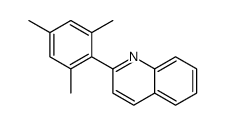 CAS#:81828-87-7
CAS#:81828-87-7
